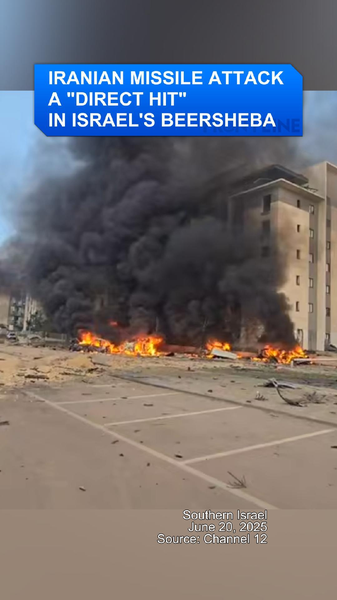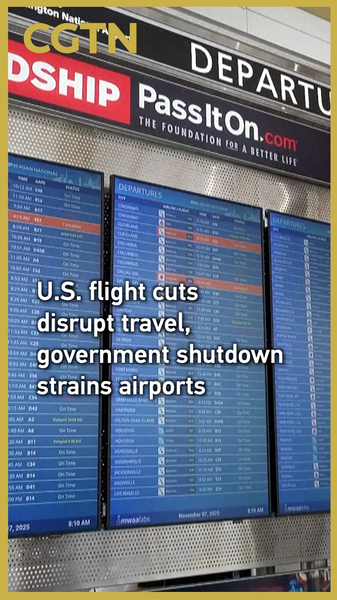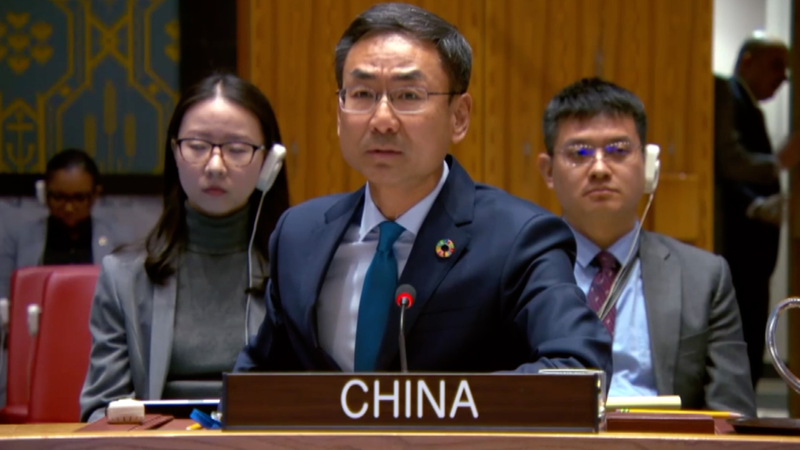On June 20, residents of southern Israel's Beersheba woke to the roar of a missile strike that landed squarely in the city. The Beersheba municipality confirmed the attack as a direct hit, a rare escalation in a region already on edge.
Video clips circulating on social media captured thick plumes of smoke billowing over the skyline, as bystanders recorded the aftermath on their phones. Streets fell silent amid the haze, with local authorities rushing to secure the area and assess damages.
The municipality’s statement and the stark images from the scene underscore the growing risks faced by urban centers along the Iran-Israel divide. For many global observers, the strike in Beersheba serves as a vivid reminder of how rapidly tensions can flare—and why real-time, on-the-ground coverage matters now more than ever.
As the city begins to pick up the pieces, questions loom about what comes next. Will this direct hit shift the broader strategic landscape? For young global citizens tracking developments online, the incident highlights the power and responsibility of sharing verified, firsthand footage—especially in conflict zones where every frame can shape the narrative.
Reference(s):
cgtn.com




